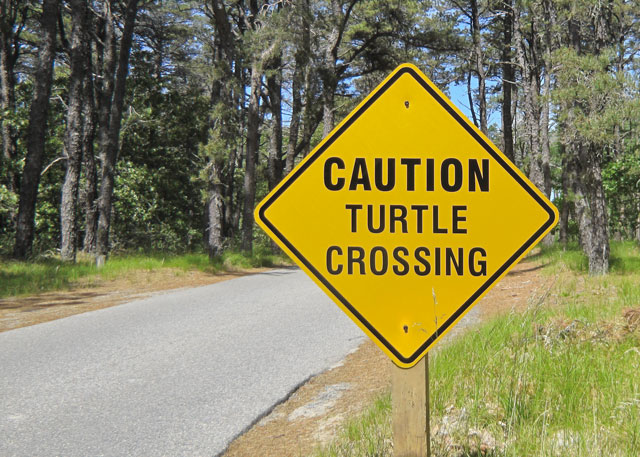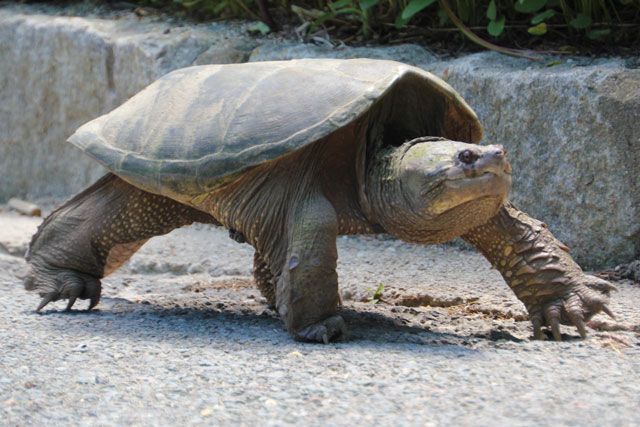June 20 is National Eagle Day: a day to celebrate our national bird and national animal, the bald eagle—a true conservation success story.
Between 1906 and 1989, no bald eagles bred in Massachusetts. Their decline was largely due to hunting and a pesticide called DDT that caused their egg shells to become thin and break. New laws were passed to protect eagles and DDT was banned in 1972.
Reintroduction programs like the one co-led by Mass Audubon and the Massachusetts Division of Fisheries and Wildlife successfully reestablished breeding populations. Now, the federal government has changed them from “endangered” to “threatened” status, and they fly free across the state.
Here are five photographs of the majestic bald eagle that were submitted to our annual photo contest. The 2017 Picture This: Your Great Outdoors Photo Contest is now open so submit your beautiful nature photography today!
Learn more about these amazing raptors with our Bald Eagle Quick Guide and in the Nature & Wildlife section of our website.
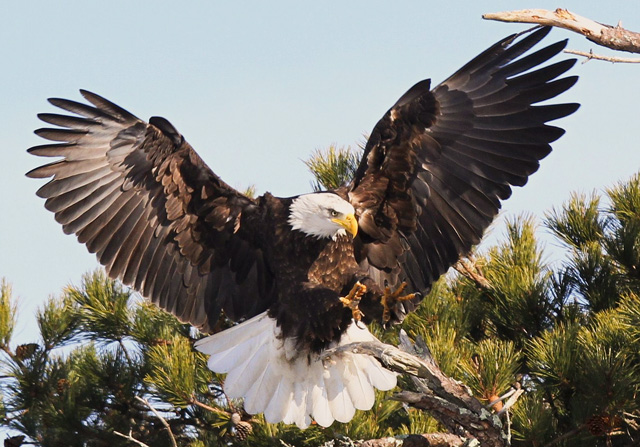
Bald Eagle © Joseph Cavanaugh
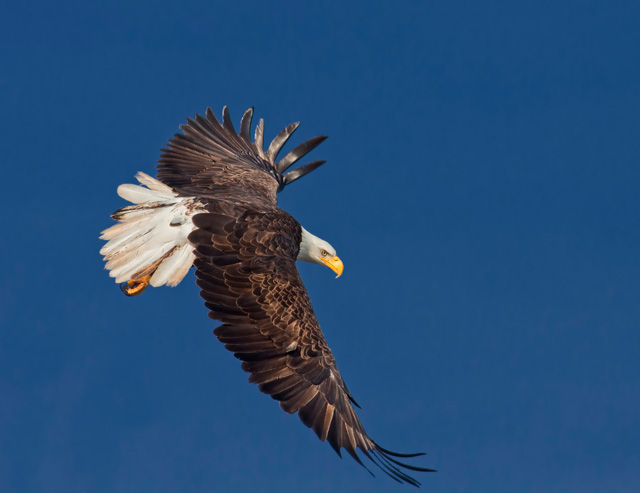
Bald Eagle in Flight © Ronald Grant
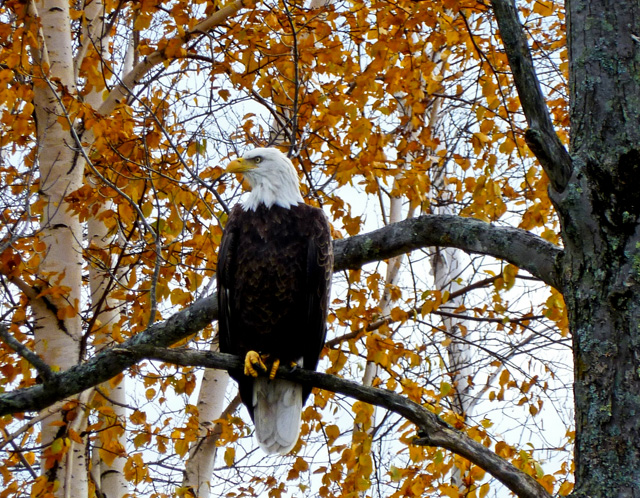
Bald Eagle © Sue Purdy
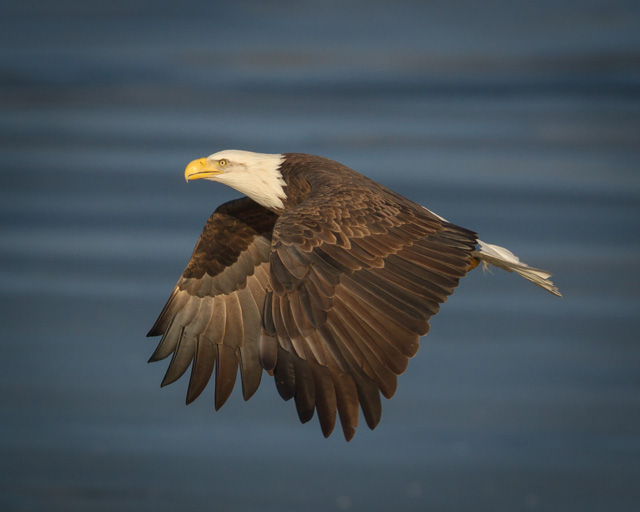
Bald Eagle in Flight © Ramkumar Subramanian
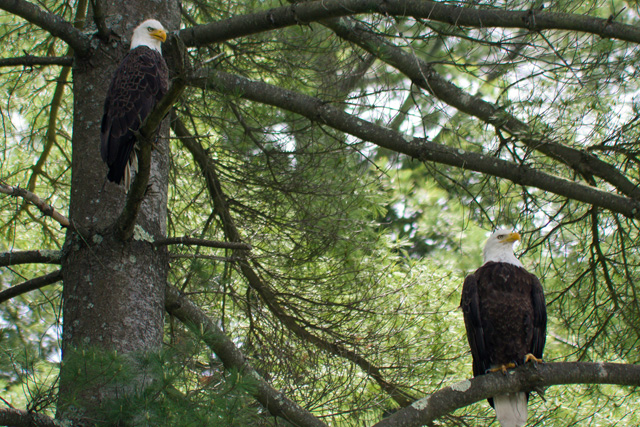
Bald Eagles © Nancy Hebert


